Graphic design for furniture emerged as a distinctive discipline during the mid-20th century, aiming to combine functionality with visual appeal in modern living spaces. Initially, there was a predominant focus on minimalist styles, but today graphic design for furniture boasts a variety of innovative and eclectic approaches. Regardless of the style, this form of design enhances the aesthetic and usability of furniture, transforming environments into visually striking and functional areas. While it might initially seem like a niche specialization, in truth it's a versatile and exciting field--one that is gaining significant traction in contemporary design. Elevate your interiors with these graphic design ideas for furniture and craft your own statement pieces.
Color palette
In graphic design for furniture, the color palette serves as a pivotal element that can significantly alter the perception and emotional resonance of a piece. Earthy tones like terracotta, moss green, and oatmeal are currently trending as they invoke a sense of natural tranquility and timelessness, allowing pieces to seamlessly blend into a range of interior styles, from rustic to contemporary. Complementary hues such as deep blues or muted metallics like brushed gold are often introduced to add depth and sophistication, creating a balanced visual experience that can highlight unique design features or textures. Additionally, the integration of a monochromatic scheme can amplify the visual impact by focusing attention on form and silhouette, making the furniture not only functional but also an integral part of the room's artistic language.
Visual hierarchy
Visual hierarchy in graphic design for furniture plays a critical role in guiding the viewer's eye strategically through a design, ensuring the most critical elements are noticed first. To achieve this, designers often emphasize scale by enlarging images of key furniture pieces, such as a signature sofa or statement chair, making them dominant on the page. Color contrast is another effective tool used to draw attention, with brighter hues highlighting new arrivals or special offers amidst a more muted, consistent palette. Typography also contributes significantly, where bold and large headings might introduce collections or style themes, while secondary information like measurements or materials is presented in smaller, subtler text, keeping the focus firmly on the core imagery and message.
Spatial composition
Graphic design plays an essential role in the presentation and perception of furniture, where spatial composition is paramount in determining how elements interact and occupy space. Furniture pieces, through thoughtful graphic layouts, can communicate functionality and aesthetic value by guiding the viewer's eye and highlighting the relationship between scale, form, and the negative space around them. Strategic use of grid systems and symmetry or asymmetry impacts the flow and balance within a design, emphasizing certain features or textures, and can even influence the perceived accessibility or comfort of the furniture. The digital rendering of furniture incorporates spatial composition to visualize context within interior spaces, thereby creating a narrative which bridges the gap between the conceptual design and its physical environment.
Branding elements
Graphic design for furniture brands involves meticulously crafting branding elements that resonate with the target audience while enhancing the aesthetic appeal of the furniture itself. Logos, color palettes, and typography serve as fundamental components, each selected to reflect the unique personality and ethos of the brand. High-quality imagery and graphics extend beyond mere presentation, providing an emotional connection and visual narrative that guide consumer perception and decision-making. Cohesive packaging design, alongside digital and print marketing materials, ensures consistent brand messaging across all platforms, reinforcing brand recognition and loyalty in a competitive marketplace.
Typographic layout
Typographic layout in furniture graphic design involves carefully arranging text to enhance functionality and aesthetic appeal within marketing materials, user manuals, or product descriptions. Designers must skillfully choose typefaces that complement the furniture's style, ensuring a cohesive visual language that aligns with the brand's identity and enhances readability across various mediums. The interplay of hierarchy, contrast, and scale plays a critical role; titles and headings must capture attention immediately, while body text should guide the consumer's eye smoothly through details without overwhelming the reader. Thoughtful use of negative space, alignment, and color schemes ensures the narrative remains engaging yet unobtrusive, creating a harmonious balance between textual content and the stunning visuals of the furniture pieces showcased.
Material textures
Material textures play a crucial role in graphic design for furniture, as they convey the tactile experience and aesthetic essence of a piece, often dictating the ambiance of a space. The intricate grains of polished oak, the soft suppleness of velvet, and the cold, smooth sheen of steel require exquisite representation through digital media. By incorporating high-resolution images and sophisticated rendering techniques, designers can vividly portray the diverse characteristics of materials, such as the warmth of leather or the rustic charm of reclaimed wood. These textures not only communicate the material's quality and durability but also evoke sensory responses, thereby influencing consumer perception and decision-making processes in the furniture market.
Contrast balance
In graphic design for furniture, achieving contrast balance involves a meticulous interplay between differing elements such as colors, shapes, textures, and proportions. Dark woods juxtaposed with light upholstery or vivid colors can draw the eye and create focal points, enhancing visual interest and aiding in spatial perception. Combining geometric and organic shapes in furniture design maintains equilibrium by allowing each element to stand out without overpowering the other, resulting in a harmonious aesthetic. Textural contrasts, like the integration of smooth metal accents with rough-hewn wood surfaces, add depth and invite tactile engagement, creating a multi-dimensional experience that captivates and retains viewer's interest.
Negative space
Negative space in graphic design for furniture serves as a vital element that enhances perception and aesthetic appeal by allowing the design to breathe and enabling the viewer to focus on the integral components of the furniture piece. Strategically integrating negative space can balance the solid forms and intricate details, providing visual relief and highlighting both the craftsmanship and functional aspects of the design. For instance, a chair with elegantly hollowed-out segments or a table with curves and voids invites curiosity and interaction, creating a harmonious interplay between occupancy and emptiness. Designers use this space to guide the viewer's eye, improve spatial dynamics, and convey a sense of modernity and minimalism, thus transforming ordinary furniture into sculptural art that resonates with its environment.
Digital rendering
Digital rendering revolutionizes graphic design in the furniture industry by enabling designers to create photorealistic images of products, which enhances visualization during the concept phase. With high-resolution textures, advanced lighting techniques, and intricate detailing, digital rendering allows for the precise portrayal of materials like wood grain, metal finishes, and fabric patterns. This technology aids in evaluating design feasibility and making critical modifications before production begins, thus saving time and resources. Furthermore, by integrating augmented reality and virtual reality platforms, designers can offer customers an immersive experience, allowing them to visualize how a piece of furniture will fit into their living space in real-time.
Product visualization
Graphic design for furniture, especially in the realm of product visualization, plays a crucial role in transforming abstract concepts into visually compelling realities that effectively communicate the aesthetic and functional attributes of the pieces. Designers utilize cutting-edge software like Blender and Adobe Dimension to create high-fidelity 3D models and renderings, allowing intricate details, textures, and materials to be meticulously showcased. These visualizations serve not only to entice potential customers but also to facilitate critical decision-making processes in manufacturing and marketing, where photorealism aids in forecasting potential design issues and material choices. Moreover, product visualizations can be seamlessly integrated into interactive digital experiences such as virtual showrooms and augmented reality applications, enhancing consumer engagement by allowing them to visualize how the furniture would fit within their own spaces and meet their aesthetic preferences.






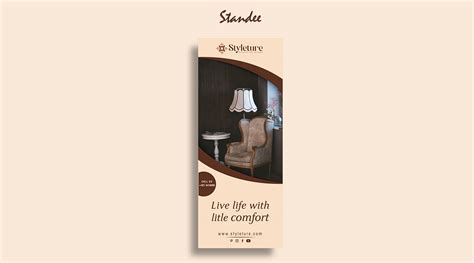
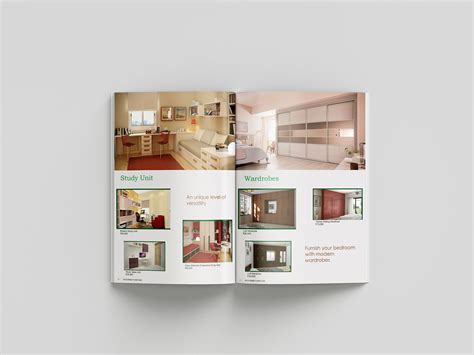
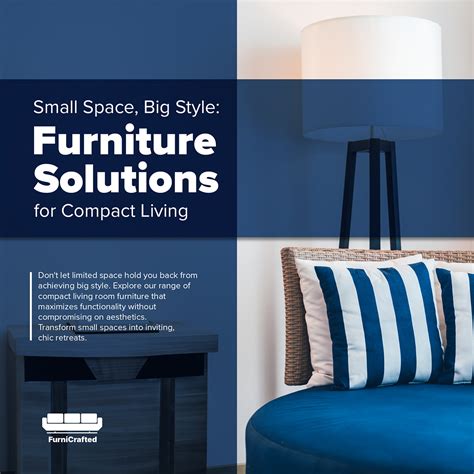
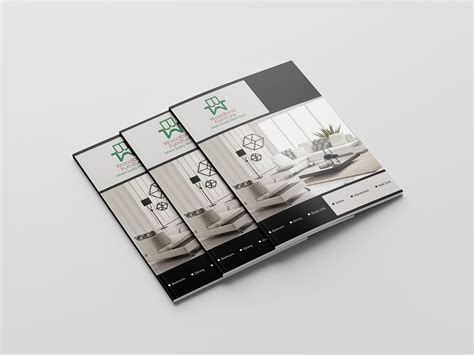

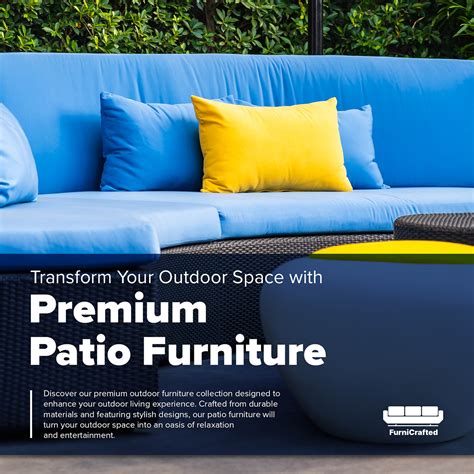
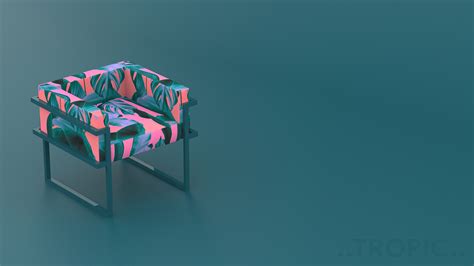
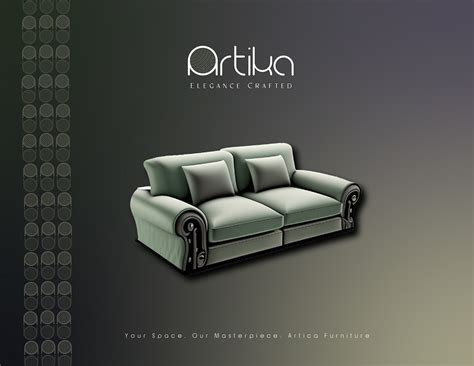
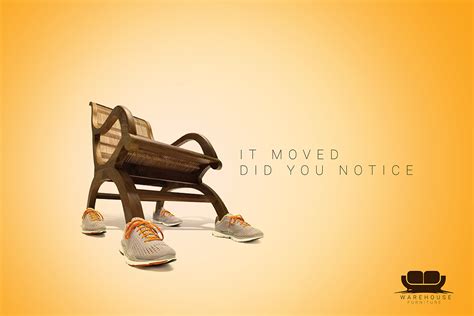
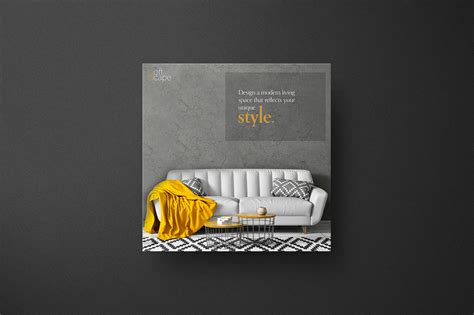
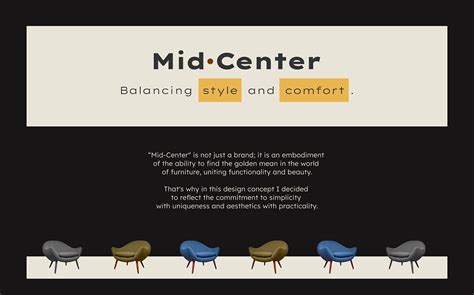
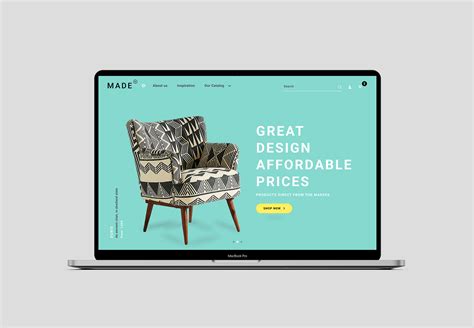
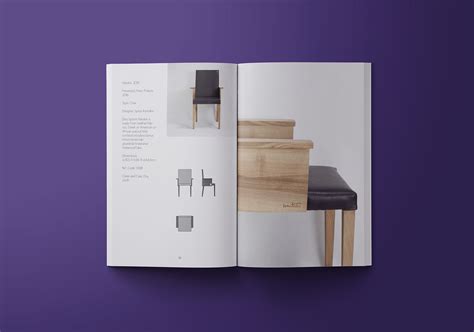
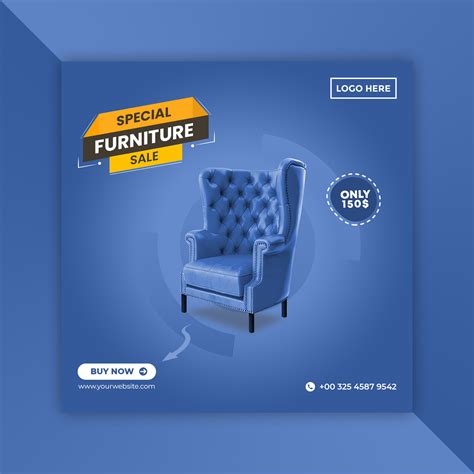
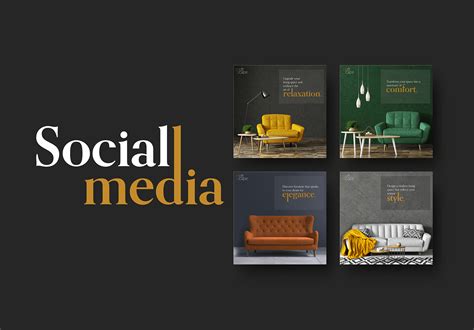
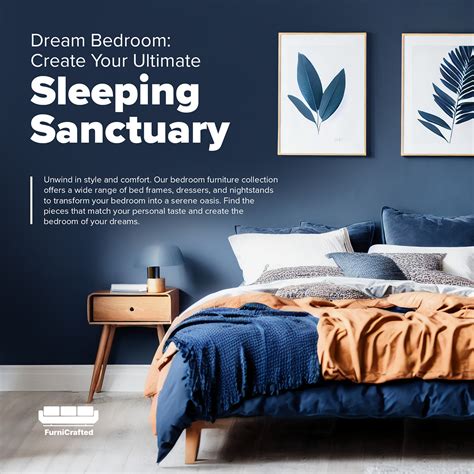
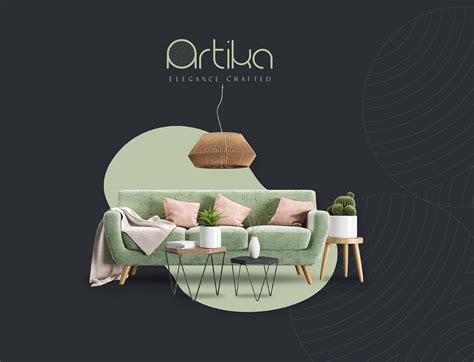
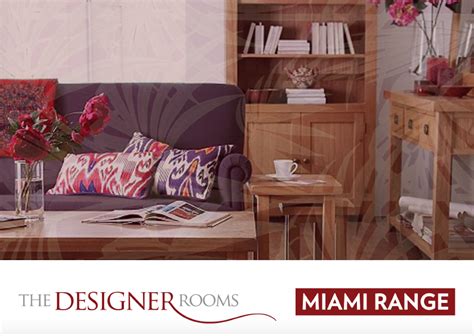
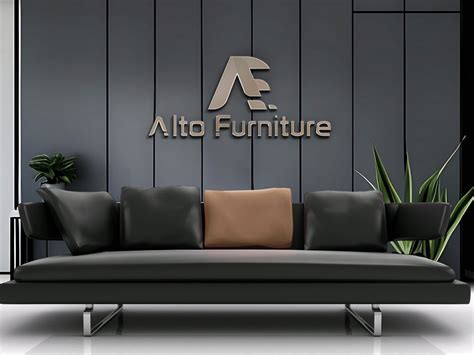
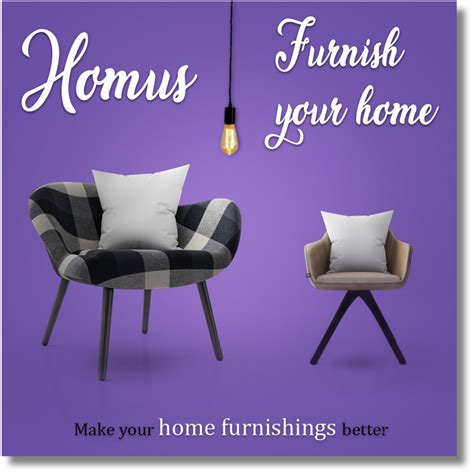
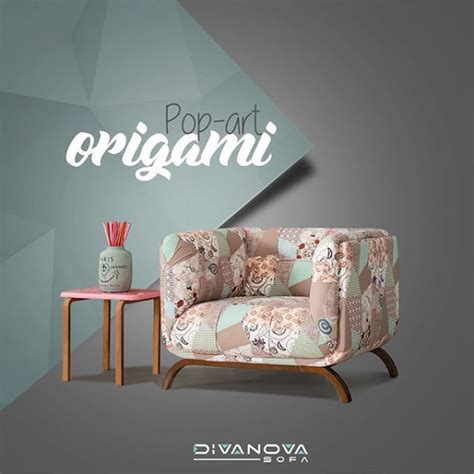
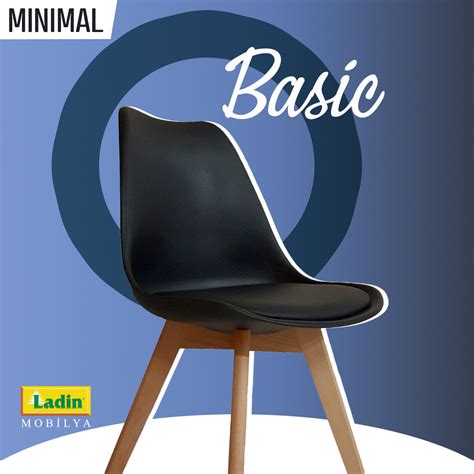
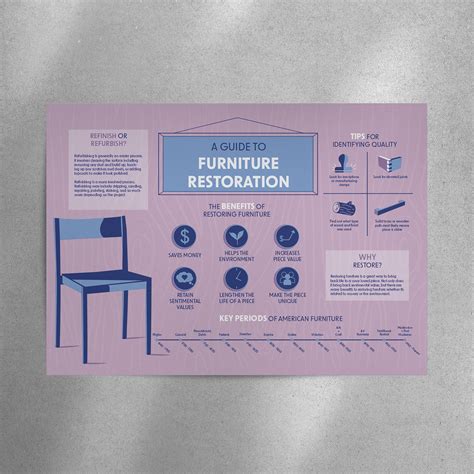

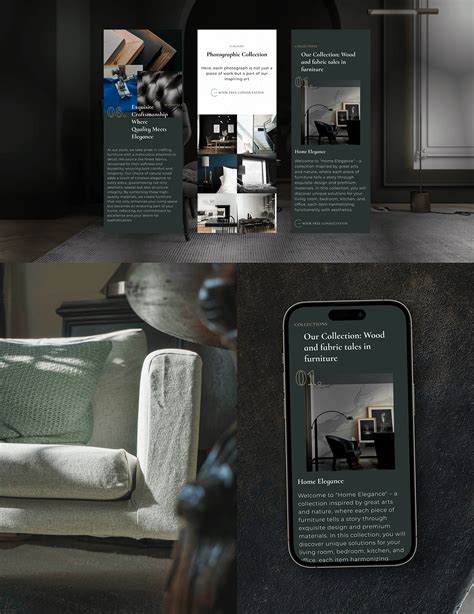
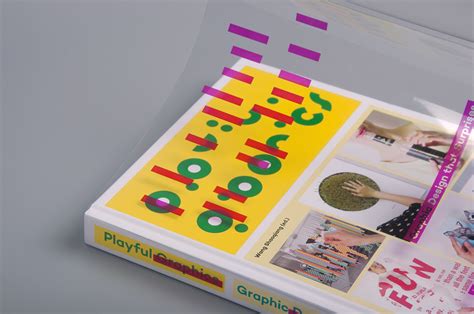


Leave a Reply
Your email address will not be published.